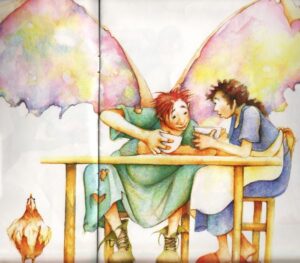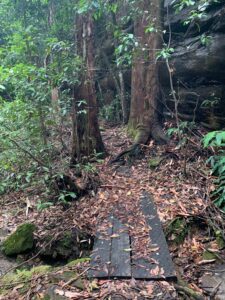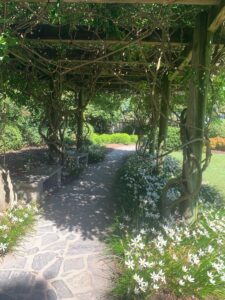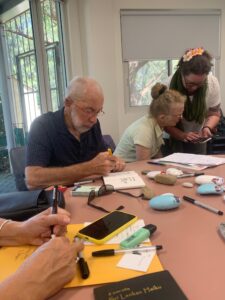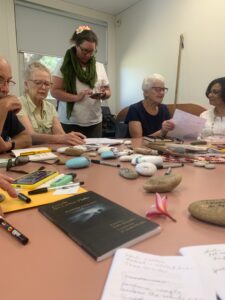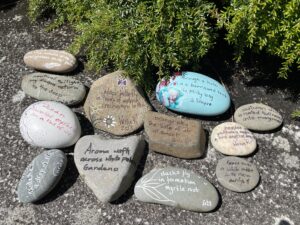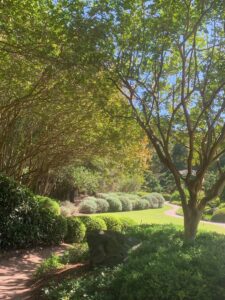
9th July 1949 – 14th April 2023 Vale
Brenda Eldridge (Ginninderra Press) wrote of John:
We were deeply shocked and saddened to hear the news that John Egan died on Friday 14 April 2023.
John was a stalwart of the Sydney poetry scene. He was a member of several poetry groups and during the Covid lockdowns he felt keenly the loss of being able to meet with fellow poets. He enjoyed their company and was inspired by their energy and enthusiasm.
He was a frequent contributor to The Mozzie, tamba, The Crow and other poetry journals.
John worked hard encouraging other poets to write and to get published. This is how we knew him. He came to Ginninderra Press just over ten years ago and became one of our most prolific poets.
Stephen published seven full-length poetry collections by John, the last of which (Drifting from the Bright) has not yet been officially released. As editor of our two chapbook series – Pocket Poets and Picaro Poets – I worked with John a great deal. I was astonished when I looked up our records and found that we had published over eighty chapbooks by him!
Included in that incredible body of work are ten chapbook anthologies he edited for the groups Poetry Alive and Harbourside Poets. He collaborated with other poets in seven chapbook collections – including three with me. I am proud to say that John chose twenty-five of my paintings or photographs for the covers of his books. That was something I hadn’t even dreamed of and I am still somewhat bedazzled by his support of my work.
Supporting others was one of the most admirable things about John. From those small joint anthologies, several poets have gone on to have chapbooks and full-length collections of their own. All it takes sometimes is someone to believe in you.
Through the hundreds of emails we exchanged over the years, John became a dear friend and confidant. All our lives are the richer for having known him and he will be sorely missed.
Thank you Brenda for these words in honour of John.
My last chat with John was on our Wednesday Poetry evening, the week before he got the flu. He was excited as he shuffled his pieces of paper from the afternoon group saying “You know I have got 3 poems out of this afternoon.” Three poems ! Isn’t that amazing a week before you die, you are excited about more poetry flowing. I can say happily John died ‘with his boots on’ as the saying goes . Sadly I wrote on Saturday to tell him how he was missed at Decima’s Launch and to tell him how proud I was being on the same page of the Ginninderra Web site. with my new book. Sadly he never read that email.
Light
The lighthouse throws warning beams,
sweeps the sea with its flashes
revolving like a constant planet,
pulses from a distant star
in galaxies of shipwreck dark.
Here is danger and death.
Keep well clear, keep safely on
the rolling sea where deep water
smooths your keel and you can flow
in the gentle arms of ocean.
I’m built on rock, I’m built
on the past. I do not move
as your ship moves in sheer innocence
that the sea will always protect
and nourish you. It deceives us all.
I’m here. You can rely on me.
I’ll guide you away
from ship-tearing reefs and rocks,
or clench my fingers of light
and gather you between
headlands, into river mouths,
to safe harbour here, the comfort
of quiet water that laps your hull
like a lullaby. I promise you, mariner,
captain, have faith, for you, I am the light.

























